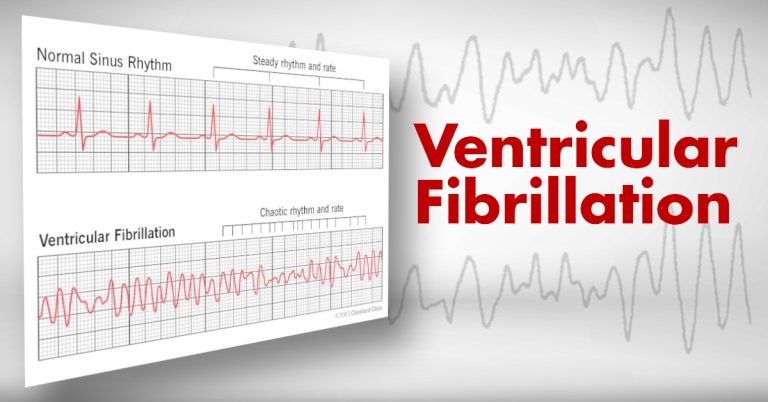Call Us +603-8066 8665
What is HIRARC?

What is HIRARC?
HIRARC meaning a compound word which is made up of three consecutive activities running one after the other. The activities consist of:
- Hazard Identification: Hazard identification is the recognizing of things which may cause injury or harm to a person.
- Risk Assessment: Risk assessment is the looking at the possibility of injury or harm occurring to a person if exposed to a hazard.
- Risk Control: The introduction of measures which will eliminate or reduce the risk of a person being exposed to a hazard.
Planning and Conducting of HIRARC
Purpose of HIRARC
The purpose of HIRARC are as follow:
- to identify all the factors that may cause harm to employees and others (the hazards)
- to consider what the chances are of that harm actually be falling anyone in the circumstances of a particular case and the possible severity that could come from it (the risks)
- to enable employers to plan, introduce and monitor preventive measures to ensure that the risks are adequately controlled at all times.
Planning of HIRARC Activities
- for the situation:
- when hazards pose a major threat;
- unsure whether existing controls are adequate; or / and
iii. before implementing corrective or preventive measures.
- by an organisation which aims to improve the Occupational Safety and Health (OSH) Management System on an ongoing basis.
It is the responsibility of the employer to assign trained staff to lead a team of employees associated with the process or activity to conduct HIRARC.
Process of HIRARC
Process of HIRARC requires 4 simple steps:
- classify work activities
- identify hazard
- conduct risk assessment (analyze and estimate risk from each hazard), by calculating or estimating
- likelihood of occurrence
- severity of hazard
- decide if risk is tolerable and apply control measures (if necessary)
Hazard Identification
- To keep workplace safe and healthy.
- Employers should make sure there are no hazards to which employees could be exposed.
- Employers should look for hazards in advance as part of their risk management plan to prevent potential hazards.
Risk Assessment
Risk is the determination of likelihood and severity of the credible accident/event sequences in order to determine magnitude and to priorities identified hazards. It can be done by qualitative, quantitative or semi quantitative method.
A qualitative analysis uses words to describe the magnitude of potential severity and the likelihood that those severity will occur. These scales can be adapted or adjusted to suit the circumstances and different descriptions may be used for different risks. This method uses expert knowledge and experience to determine likelihood and severity category.
In semi-quantitative analysis, qualitative scales such as those described above are given values. The objective is to produce a more expanded ranking scale than is usually achieved in qualitative analysis, not to suggest realistic values for risk such as is attempted in quantitative analysis.
Quantitative analysis uses numerical values (rather than the descriptive scales used in qualitative and semi-quantitative analysis) for both severity and likelihood using data from a variety of sources such as past accident experience and from scientific research. Severity may be determined by modeling the outcomes of an event or set of events, or by extrapolation from experimental studies or past data. Severity may be expressed in terms of monetary, technical or human impact criteria, or any of the other criteria. The way in which severity and likelihood are expressed and the ways in which they are combined to provide a level of risk will vary according to the type of risk and the purpose for which the risk assessment output is to be used.
Hirarc Table A indicates likelihood using the following values:




Documenting HIRARC
Proper management of hazards sporadically identified in the workplace can be done through effective process. Ultimately, the individual or team who identified the hazard must ensure proper communication of the hazard to the appropriate workplace authority (manager, department head, or designated person). Each HIRARC must be fully documented. The HIRARC form must be completed by the HIRARC team and signed by the in-charge personnel of the area. Departments responsible for the hazards and their control are required to maintain all records of assessments for at least 3 years. (In some cases, legislative requirements will determine the minimum time to retain records).
The appropriate authority is responsible for ensuring that effective and timely controls are applied to the hazard and communicating the results back to the originator. Management or employer must endorse and approve the HIRARC results. Employer must communicate all HIRARC to employees, monitor the follow up action and keep the records. The HIRARC Form (see APPENDIX C) is an example to document the HIRARC process.
Hazard Identification, Risk Assessment and Risk Control (HIRARC) have become fundamental to the practice of planning, management and operation of a business as a basic part of risk management. This was recognized as proactive way of managing hazard and risk in daily operations or activities.
According to DOSH Guidelines in Occupation Safety and Health Acts 1994 (OSHA), all organizations shall conduct HIRARC DOSH as part of the regulatory requirement set by the Government of Malaysia.
CERT Academy’s HIRARC training will give the participant skills and knowledge on the best way of developing HIRARC for activities at workplace. This training also helps organisation on ensuring compliance to Malaysia’s Occupational Safety and Health (OSH) Law, as well as the International Occupational Health and Safety Management System Standard – OHSAS 18001.



